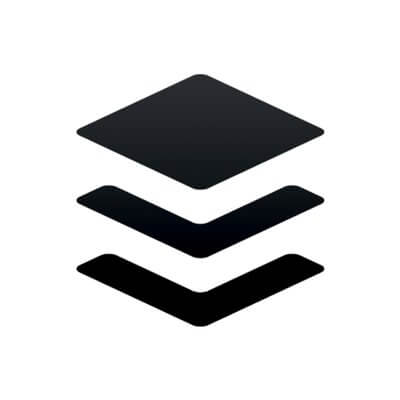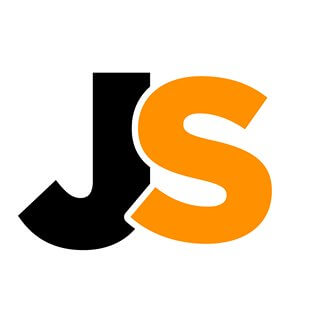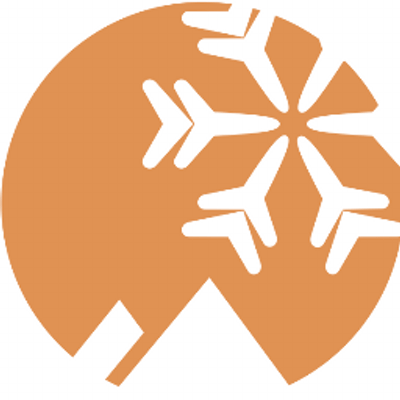How does your team address different time zone challenges?
Currently, all of our remote employees are in the same time zone. We are a 24/7 operation so we do encounter scheduling conflicts with our overnight employees when we need to meet with them. Our management does a good job with altering their schedule to give them the same attention as the daytime staff. There is always a supervisor on shift with them too.
We are very conscious of the times that different teammates work and ask them to include it in their Slack profile so that everyone can know when they might be online.
We work to communicate as asynchronously as possible, whether by using Email, Discourse, or starting a project in Dropbox Paper, instead of using a tool like Slack all the time, which feels like more synchronous communication.
We change up meeting times to try and make it more available to people around the world, or hold two different meeting times so that it’s during the day for everyone.
This is definitely a challenge we’ll continue to work towards overcoming at Buffer.
We offer some flexibility in work schedules so that team members can have somewhat of a normal schedule, but we also require work hours to overlap with other team members so everyone is available to communicate with other team members.
This is likely the largest challenge we face as a remote company. I don’t like making people stay up late or get up super early to attend meetings, however, as the team gets fairly large with team members literally all around the world, it’s almost impossible not to. We’ve decided that the company “operates” on the North/South America time zones so if you decide to live elsewhere in the world, you have to be the one staying up late or getting up early. That being said, we try to accommodate everyone the best possible. A nifty free tool we found for collaborating between lots of time zones is worldtimebuddy.com. That makes it a lot easier to find a time that should work for everyone.
Currently, we hire only within the UTC-1 to UTC+3 time zones. Our core working time is between 10am-3pm (Berlin time) and during this time everyone should be available. We have a synchronous way of working as we work in projects/teams, and to drive them forward it is beneficial to have everyone available. We do have some “rules,” like answering a Slack message within 30 minutes, but to be honest, we just use common sense. I’ve never really had any issues.
Being in different time zones is an absolute advantage for MustHaveMenus. Most of our engineers are nine hours ahead of the rest of the team. This means we can submit project specs or changes to them at the end of our day (Pacific Time), and they will most likely have it finished by the time we come back to work the next day.
We make sure everyone coming on board understands the different time zones. We work together to identify when the majority of workers are available and host meetings and sessions accordingly.
Everyone adds their working hours to company calendar, then each team leader knows very well when everyone is on working time. This allows us to coordinate work in a smooth way. In the case of support, we have the supporter team leader hold two meetings, one for European and Asian time zones, and another for American time zones. Most developer teams are in Europe and developers that are in another continent try to make sure to join the daily call (the team leader does his best to set a time that is convenient for all—European afternoon, American morning, etc., for example).
Thankfully this isn’t a big issue, but as our team grows, it will become a challenge. More clearly communicating goals and aligning team members will be the way that we try to address this challenge.
We have a very social and collaborative culture, where we talk about what we’re doing and what we’re up to personally. This tends to solidify in everyone’s minds that we’re far apart and have very different schedules. So, the communication adjustments have been mostly organic. Some employees use Slack settings to highlight their availability.
We use a shared calendar to easily communicate availability, and also stagger schedules so that there is enough overlap for collaboration. Some other members of the team noticed that approximating their work hours for everyone helps keep communication smooth, so they do this as well.
We work in EST/CST business hours for the most part. Certain roles that are not client facing have more flexibility, but we still require at least half of their hours to cross over in the main EST/CST business hours so they can interact with their peers in real time.
Time zone differences can cause confusion within a remote team. Luckily, while the overall workflow has to be coordinated, the specific tasks for providing our services do not require simultaneous collaboration between workers in different time zones. And since we have remote editors around the world, we have no difficulty in handling these specific tasks in different time zones. As a result, time zone issues are less of a concern for us than for some companies. In addition, our customer service team is available seven days per week to help facilitate a smooth workflow, and the in-house team at headquarters is similarly available throughout the week to help remote workers resolve any issues that arise while editing.














